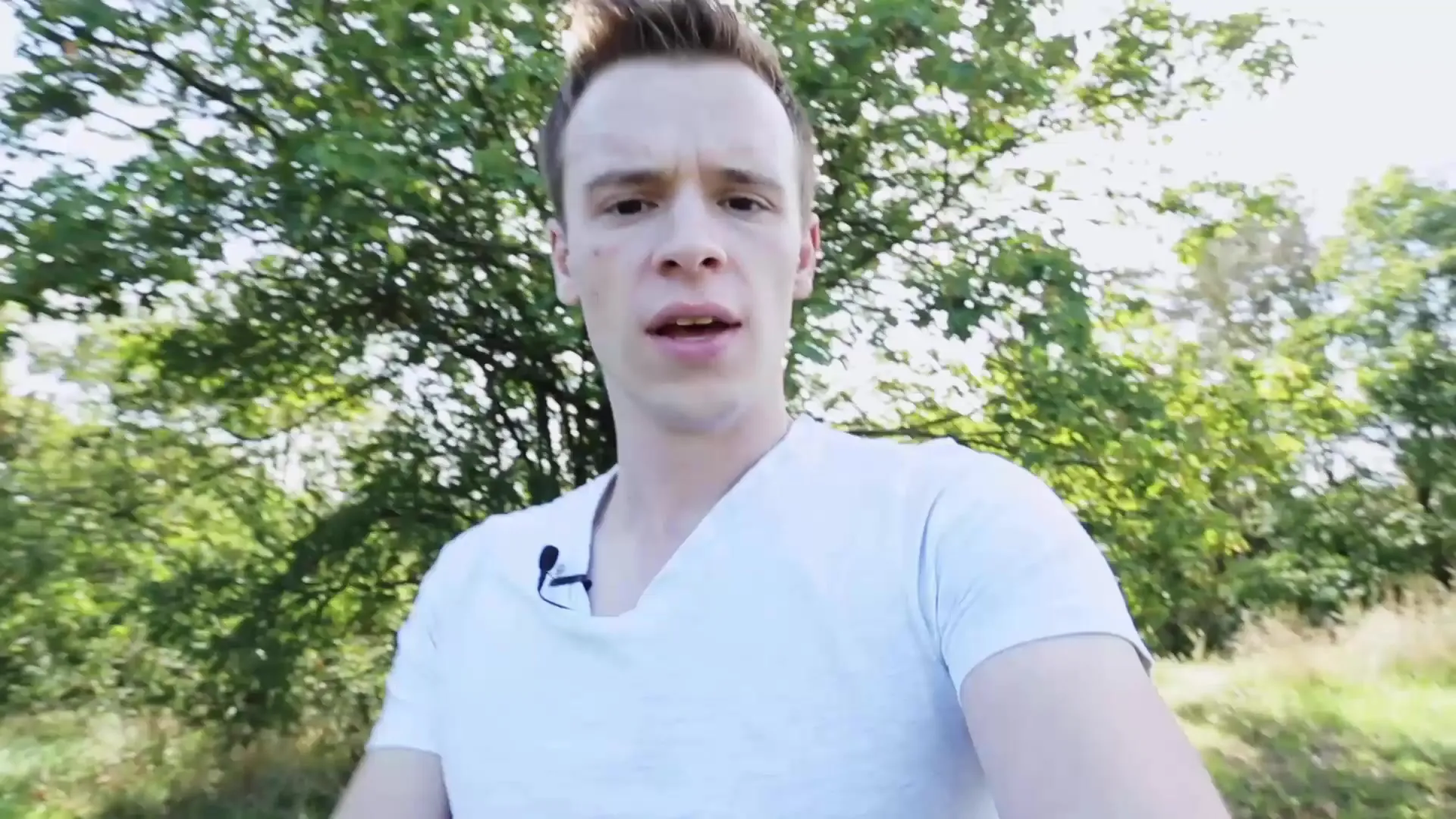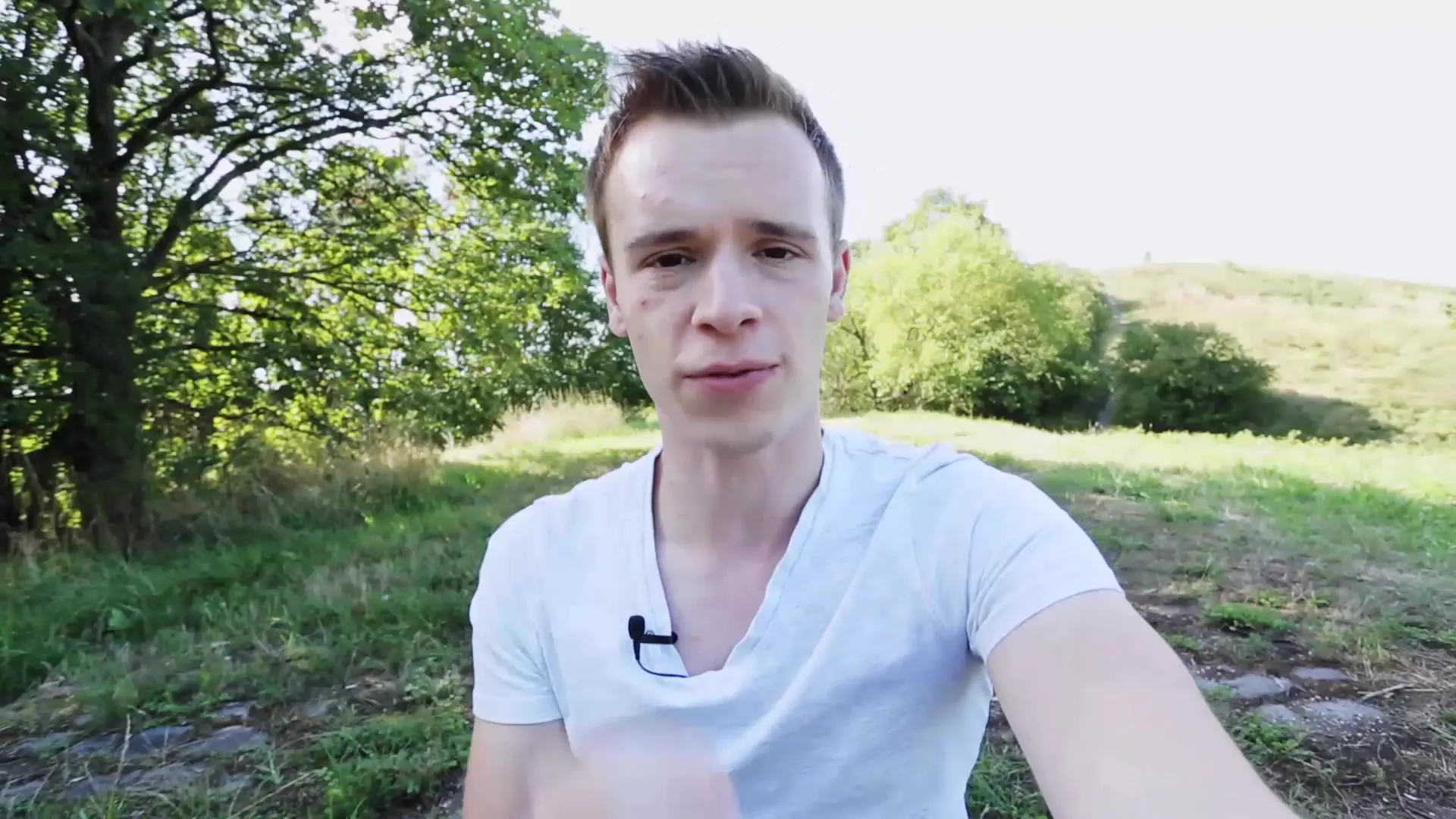Filming with natural light can be one of the simplest yet most challenging methods to create impressive videos. The art lies in utilizing light that is free but often unpredictable. In this guide, I will provide you with valuable tips on how to achieve optimal results with natural light.
Key Insights
- Natural light is free but difficult to control.
- Avoid direct sunlight, especially at noon.
- Use cloudy days or the golden hour for the best results.
- An ND filter can help optimize exposure settings.
- Be aware of your camera's dynamic range.
Step-by-Step Guide
Let’s start with the basics you should keep in mind when filming with natural light.
Recognize the Lighting Conditions
Sunlight is available for about 12 hours a day, but there are days when the light just isn’t good. Before you start filming, take stock of the lighting conditions. Pay attention to whether the sun is shining or if the sky is overcast. Overcast light is ideal for even, soft shadows.

Avoid Direct Sunlight
Direct sunlight can cast harsh shadows on your subjects' faces. If you’re filming in the sun, position your subject so they are not looking directly into the sun. Instead, angle the subject so that the sun shines slightly to the side or behind them. This creates more flattering lighting conditions.
Utilize the "Golden Hour"
You achieve the best lighting conditions when the sun is low in the sky, such as during the so-called "golden hour" shortly after sunrise or just before sunset. During this time, the light is soft and has a warm color temperature that brings your scenes to life.
Utilize Shadows
When the sun is high in the sky, look for shaded areas. These help avoid unpleasant light contrasts. Advanced users can shoot in the shadows of trees or buildings to soften harsh shadows and make the light more flattering.

Use ND Filters
If you want to work with an open aperture and a longer shutter speed, an ND filter (neutral density filter) can be helpful. This filter works like sunglasses for your camera, reducing the light without affecting the color balance. This allows you to film in bright conditions without obtaining overexposed shots.
Be Aware of Dynamic Range
A common issue with harsh lighting conditions is the high contrast between light and dark areas. Cameras often cannot capture the entire dynamic range. If you set your exposure based on a bright spot, the rest of the image may appear dark, and vice versa. To avoid this, I recommend adjusting your exposure based on the subject you are filming.
Film Darker for More Options
An interesting technique for advanced filmmakers is to film slightly darker than necessary. This requires experience, as you need to know how far you can adjust the brightness in post-processing. It can be beneficial to brighten the image later to reveal more information in the highlights.

Be Patient and Experiment
Filming with natural light is a process that requires practice. Be patient and experiment with different lighting conditions to get a feel for what works. Take every opportunity to improve your technique and critically review your footage.
Summary – Filming Effectively with Natural Light
Natural light is a powerful tool in videography when you apply the right techniques. Recognize the lighting conditions, protect your subjects from direct sunlight, use ND filters, and experiment with exposure to achieve impressive results. Your patience and experience will help you get the most out of the lighting conditions.
Frequently Asked Questions
How does the time of day affect light when filming?The time of day affects the intensity and color temperature of the light. In the morning and evening, the light is softer and warmer.
What is the golden hour?The golden hour is the time shortly after sunrise and before sunset when the light is ideal for videography.
How can I reduce harsh shadows on a face?Position your subject in the shade or turn them so that the sun shines from the side to create softer shadows.
What exactly is an ND filter?An ND filter reduces the amount of light entering the camera without changing the color quality, helping you film in bright light.
How can I deal with high contrast when filming?Set the exposure based on your subject and ensure that the important areas are correctly exposed, even if the sky appears overexposed.


